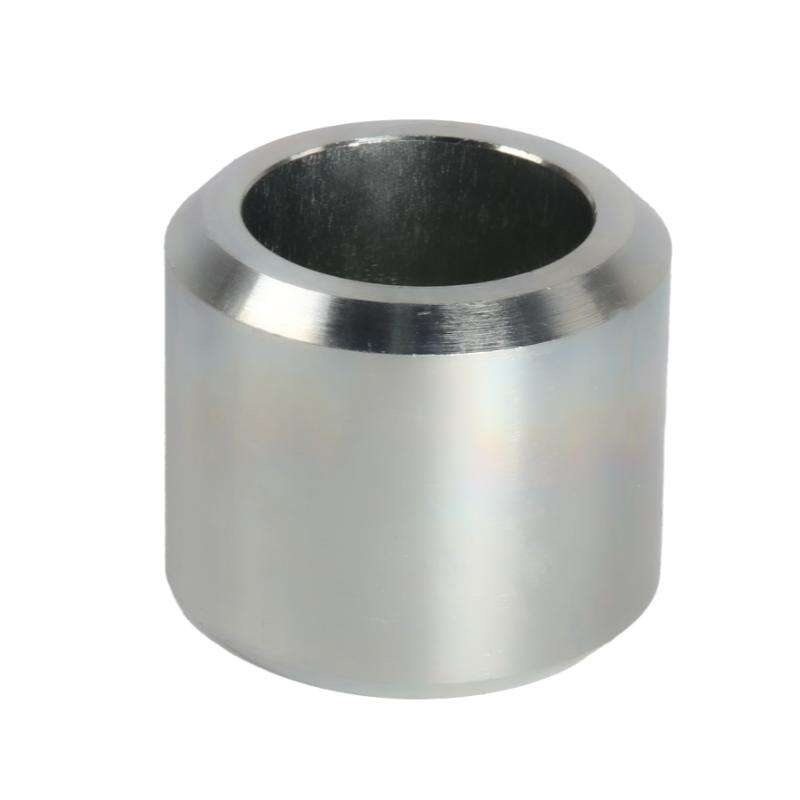Introduction
Automotive industry being one of the most successful industries in the world, metal parts used in auto mobile manufacturing are among the most important manufactured parts of the mechanical systems and the surface treatment technology of these manufactured automotive metal parts has proven to be very effective in both improving the established and actual durability of the part in addition to providing the part with a more attractive look or feel. The use of these technologies does not only increase the protection of metal parts against corrosive and abrasive conditions but at the same time provide a protective and decorative coating on the product. This article focuses on principal surface treatment technologies for metal parts including plating, coating, as well as oxidation and evaluates how they enhance better corrosion protection and appearance in automotive products.
Plating: A Strong Line Of Protection From Rust
Plating is the process by which one or more layers of metal or alloy are deposited on the surface of a part. These are electroplating, electroless plating, and hot dipping on steel or hot dipping on iron.
Electroplating
Electroplating is the technique of coating the electrode by passing an electric current through it in a solution containing dissolved metal cations where it reduces the metal cations and abandons the electrode. This method finds application for chromium plating for achieving a hard wearing surface coat and for nickel plating resulting in an attractive finish and the added advantage of corrosion protection.
Electroless Plating
Electroless plating on the other hand does not require an external electrical source of power to enhance the placing of metals. However, it employs a chemical reduction process. This technique is preferred for uniformly deposition, and this make the technique appropriate for parts with complicated geometries. Types of electroless plating include; nickel-phosphorus and nickel-boron since they are very hard and resist corrosion.
Hot-Dip Galvanizing
Hot-dip galvanizing is a process of immersing the metal part in to molten zinc. This process develops a strong and endurable layer of protection against corrosive layers of materials. The developed zinc-iron alloy layers thus produced are particularly favorable on the automotive parts that are subjected to rigorous environmental conditions.
Coating: A Versatile Shield
Prospective material coating processes can be defined as numerous methods that involve applying a layer of material to the surface of a part. Such coatings may be organic: paints, powder coatings; or inorganic: ceramic coatings. The difference in the coating types is also present as each type offers different advantages in its application.
Paint Coating
Paint coating is among the cheapest and most flexible methods of beautifying or even protecting metal parts against corrosion. If paint coating is used it should be of appropriate quality so that it creates the right surface finish and passes on the protective benefit of the paint coating to the metal and its uses. In automotive industry, especially today when more and more vehicle manufacturers use latest paint technologies, such as electro-static paint spraying, the paint is deposited evenly and bonds perfectly to the metal surface.
Powder Coating
Powder coating can be defined whereby a dry powder is applied to the surface of the metal and then it is put through a process of heat to solidify the layer of coat. This method is quite durable, it does not chip, scratch or fade easily. Powder coating is also economical since no solvents are used adding to the fact that waste is negligible.
Oxidation: Determination of Durability through Passive Layers
Oxidation treatments are methods by which a thin layer of oxide is developed on the top layer of the metal. Some models of this layer are used as a shielding layer against corrosion and wear. One widely used oxidation process is anodizing and more so for aluminum parts.
Anodizing
Anodizing is the process of building up a protective, corrosion resisting anodic oxide film on the surface of respective metal. This process is often used with aluminum components widely utilized in automotive applications. Aluminum anodization also adds substantial anti-corrosive character in addition to improving color and finishing appearance of the part.
Black Oxide
There is also the black oxide finish which is an oxidation process that colors ferrous materials black, with very thin thick layer, but improved corrosion resistance and better looks. It is possible to use this treatment on automotive fasteners and other relatively small components.
In automotive components
As the cars need to be long-lasting and beautiful, their requirements to the coat are especially high. Surface treatment technologies make it possible not only to have components that can withstand day-to-day use, but also offer elegance to the vehicle.
Corrosion Resistance
Elements like brake calipers, suspension parts, and exhaust systems that receive battering in their working conditions experience a lot of gains from surface treatments. Plating and coating give the required interfaces to protect against rusting and other kind forms of deterioration.
Aesthetic Improvement
Besides, the functional advantages, surface treatments introduce substantial improvements in the aesthetics of the automotive part. The metallic anodized touch on aluminum profiles, the bright and turned chrome plated elements, and even smooth glossy and bright colored powder coated parts form the appearance of modernization of cars.

